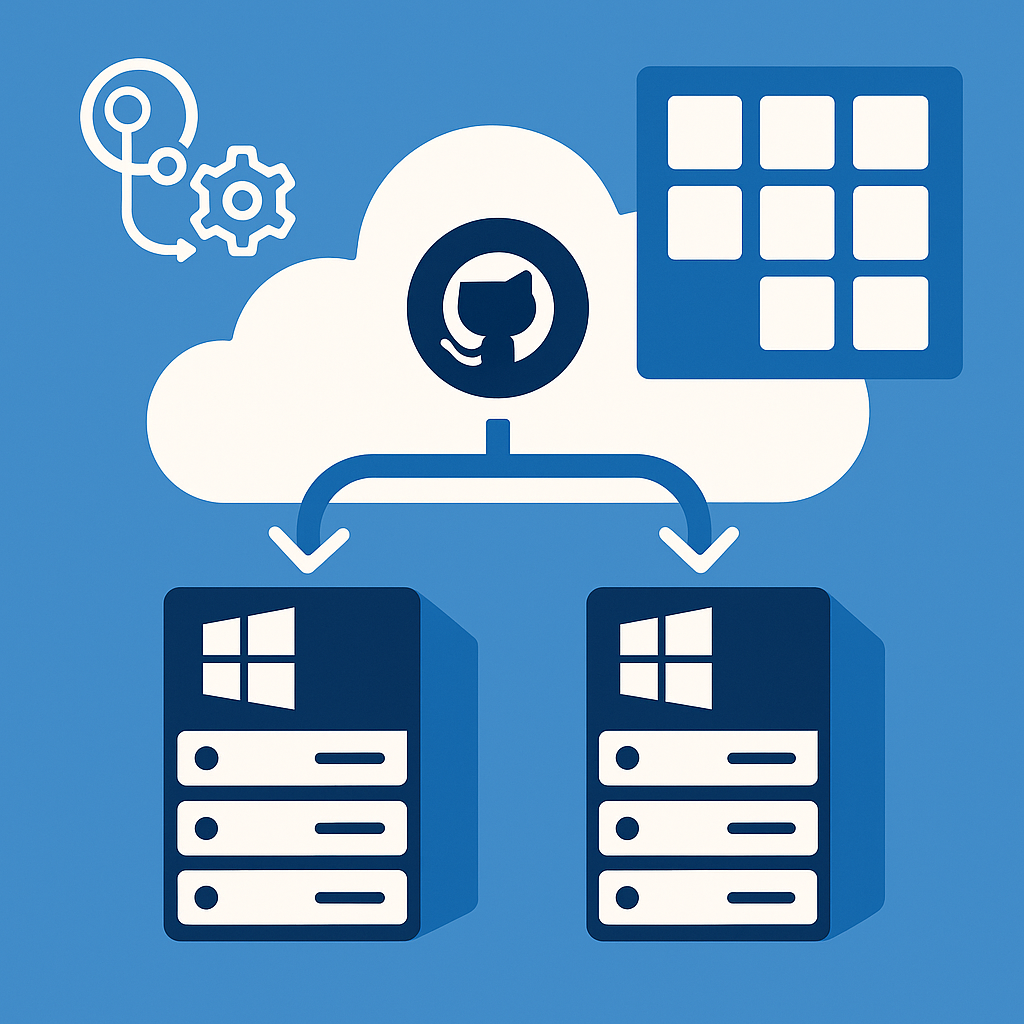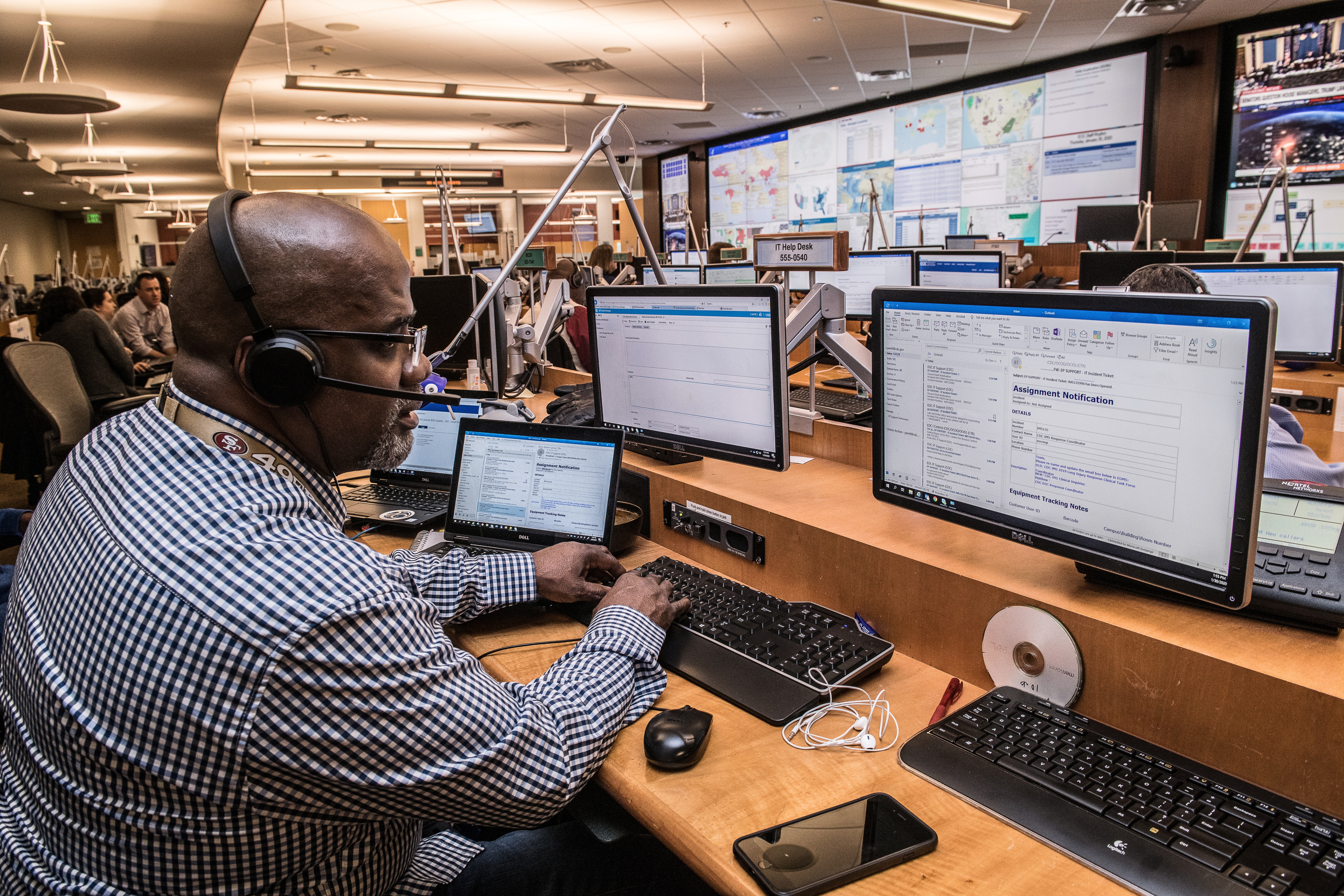From Full Stack to Full Circle: Embracing the Cyclical Nature of Software Development
Introduction
In a recent conversation with a senior colleague, I jokingly referred to myself not as a full stack developer, but as a “full circle developer”. While it started as a humorous remark, the more I thought about it, the more the concept resonated with me. In the fast-evolving world of technology, we often find ourselves coming full circle, revisiting the same technologies and challenges we thought we had left behind.
The Reality of Being a Full Stack Developer
The term “full stack developer” implies a mastery of everything from front-end interfaces to back-end infrastructure, databases, cloud services, and beyond. It’s an attractive idea but often an unrealistic one. Our field has become so complex that mastering every aspect is virtually impossible. And yet, there’s an underlying continuity to the work we do, a cyclical nature that reveals itself in surprising ways.
Full Circle: Back to Basics
Currently, I find myself working on a project that has brought me back to where I started 20 years ago. I’m working with an IIS server, installing Windows Services, and communicating with MS SQL server — things I hoped I wouldn’t be doing anymore with the advent of cloud technology.
Despite all the advances in our field, the cutting-edge tools, and the cloud-first approach that dominates today’s landscape, some things remain surprisingly constant. The technologies I thought were relics of the past are still very much alive, still solving problems, still serving a purpose.
The Full Circle Developer: Embracing the Past, Present, and Future
As a Full Circle Developer, I’ve learned to embrace this cyclical nature. I value not only the latest trends and tools but also the lessons learned from decades of software development history. I understand that trends come and go, but underlying principles endure. I see the connections between past and present and draw on that broad perspective to solve problems and innovate.
This approach is not about clinging to the past or rejecting the new. It’s about recognizing that the old and the new are often two sides of the same coin. It’s about being adaptable, forward-looking, and yet grounded in the enduring truths of our craft.
Conclusion
The concept of the Full Circle Developer offers a balanced and sustainable approach to a career in software development. It acknowledges the complexity and diversity of our field while emphasizing the timeless principles that make us effective, regardless of the current trends.
So as I find myself working with technologies I used 20 years ago, I don’t see it as a step back but as a reminder of the continuity and resilience of our field. The tools may change, but the craft remains the same.
What about you? Do you see yourself as a Full Stack Developer, a Full Circle Developer, or something else entirely? How has your perspective on your career evolved over time? I’d love to hear your thoughts.





Leave a comment